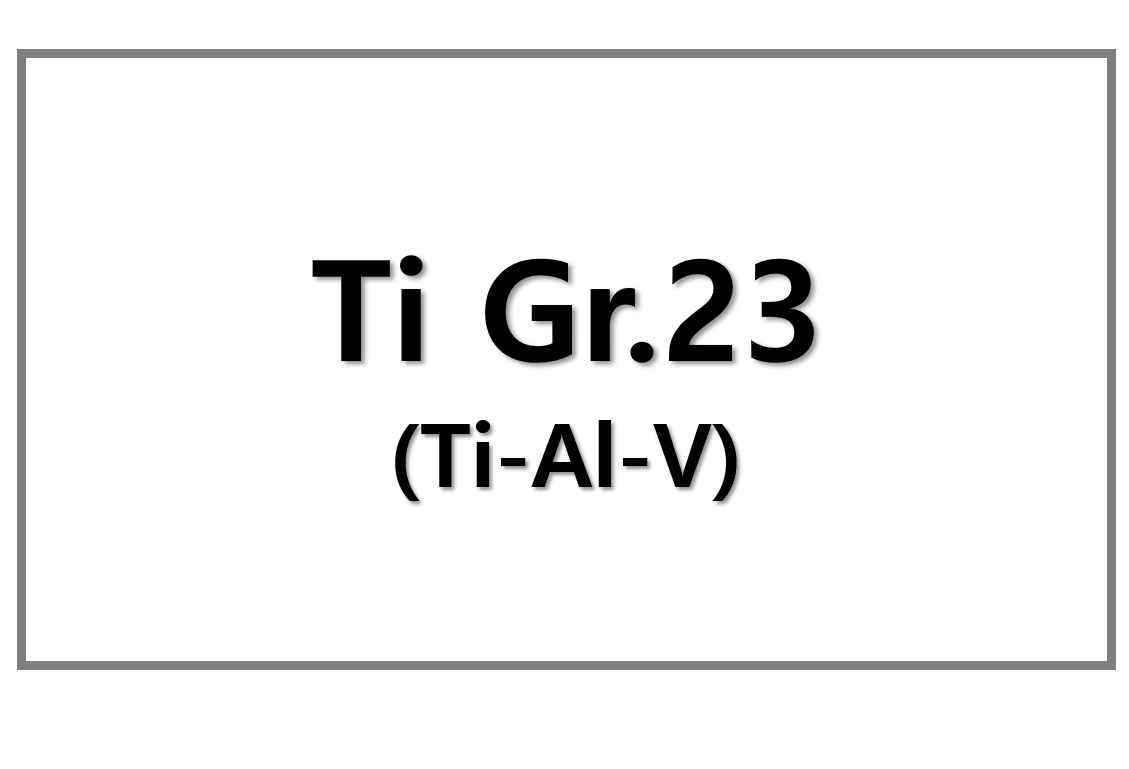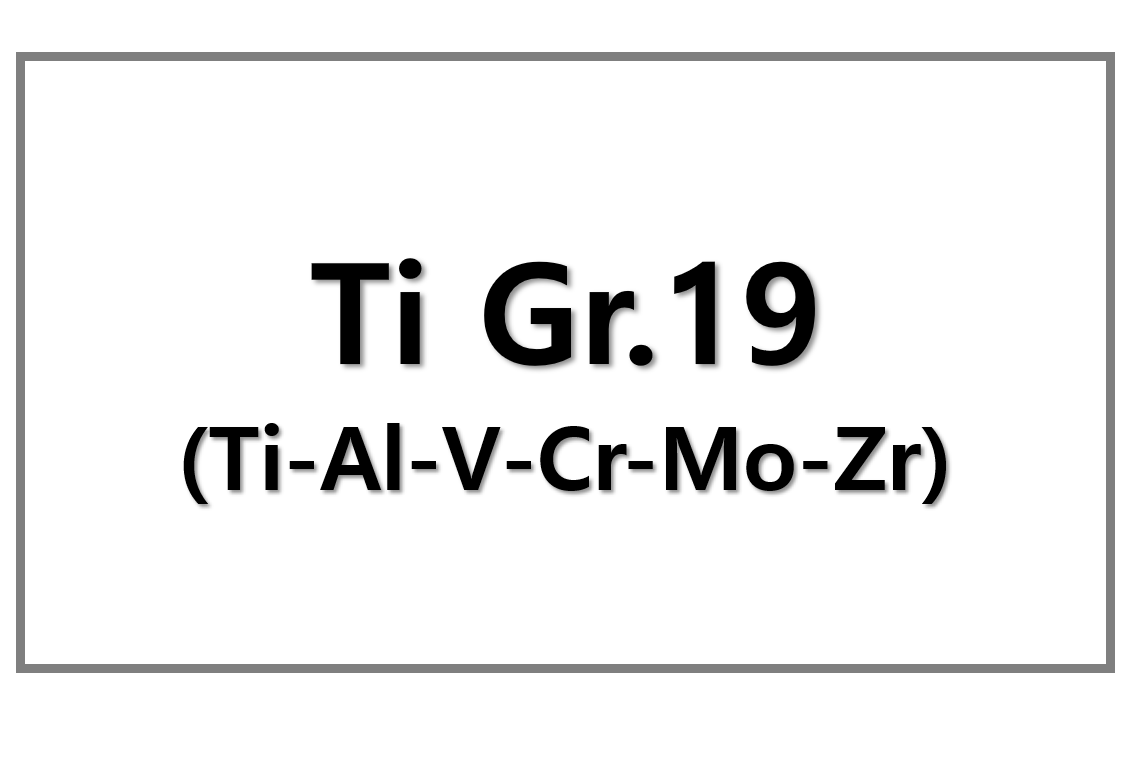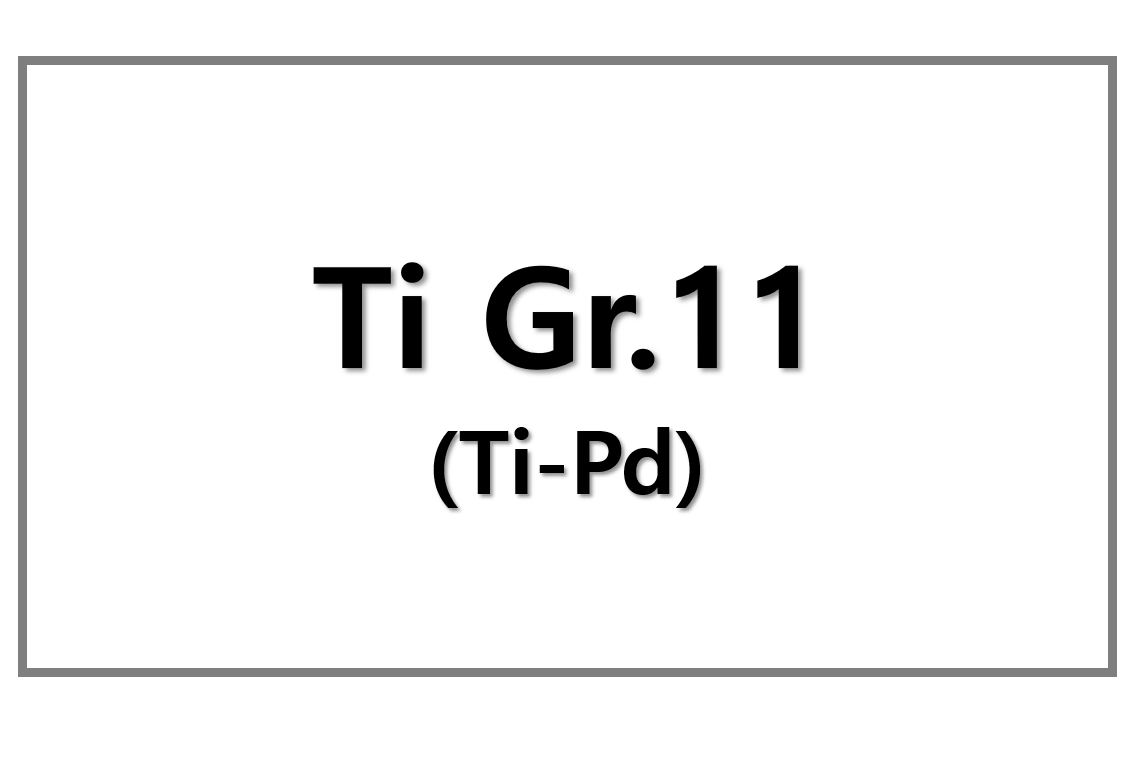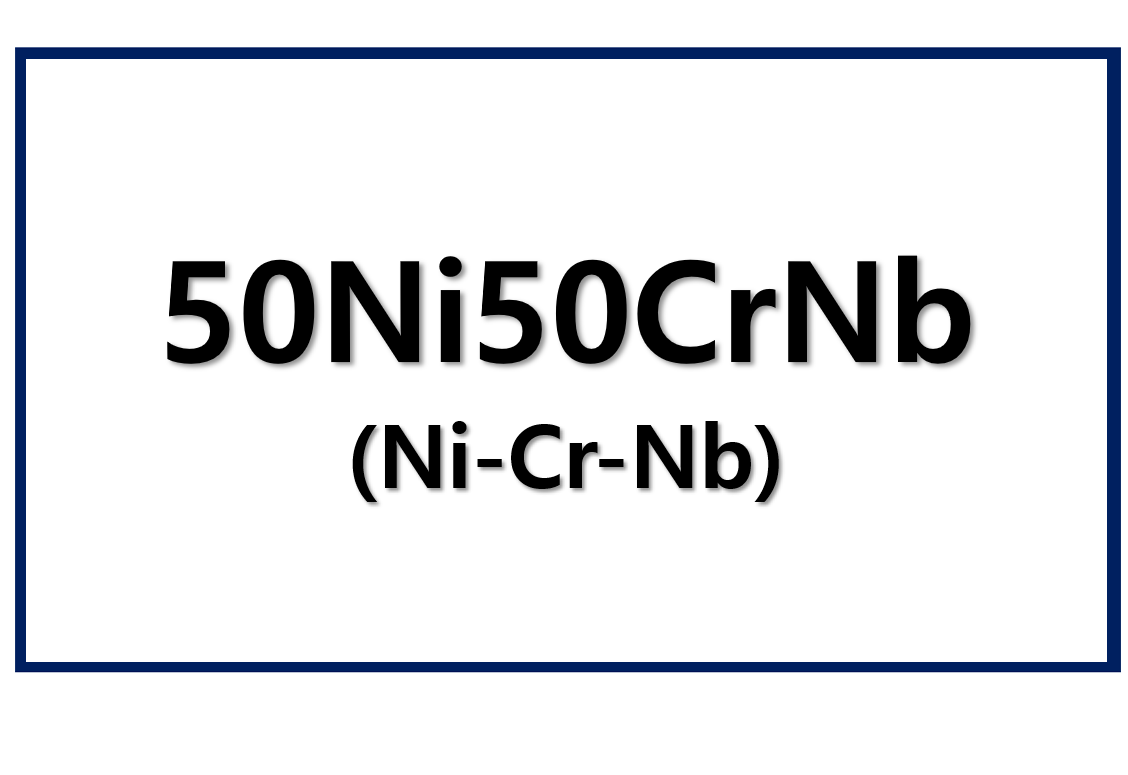
As the US presidential election draws near, European green tech investors are increasingly concerned about the potential impact of proposed import taxes on electric vehicles (EVs). Former President Donald Trump has outlined a plan to impose a 10% import tax on foreign goods and a 100% import tax on vehicles if he wins the election. These proposed changes threaten to disrupt the burgeoning European electric vehicle market in the US, which has experienced impressive growth in recent years.
The Rising Concern Over US Market Access
The US market has become essential for European electric vehicle manufacturers, with exports of European EVs and hybrid cars to the US growing dramatically. In 2017, European-made vehicles accounted for just 2% of the US EV market. By 2023, this share had surged to 26%, with exports valued at nearly €7 billion. However, Trump’s tax proposal could raise the cost of European-made vehicles, challenging the competitiveness of these imports and slowing the expansion of the market.
In addition to import tax concerns, European manufacturers are facing fierce competition from Chinese-made electric vehicles. The US government’s subsidies through the Inflation Reduction Act (IRA) further complicate the situation, offering incentives for US-made electric vehicles while making it harder for foreign-made products to stay competitive.
The Impact of the Inflation Reduction Act (IRA) on the EV Sector
The IRA, signed into law by President Joe Biden in 2022, has had a major impact on the US electric vehicle market. The $220 billion (€202 billion) investment in clean energy has spurred a 55% increase in sales of US-made electric vehicles in just one year. Under the IRA, US consumers can receive up to $7,500 (€6,877) in tax credits for new EVs and up to $4,000 (€3,668) for used vehicles.
These incentives have made US-produced EVs more appealing, but the market is still developing. While the IRA has accelerated the green transition in the US, experts say the EV market will take years to stabilize. Lew Fulton, director of energy futures at the University of California Davis, points out that full market support will likely not be realized until 2030. A reduction in government support or changes to the IRA could severely disrupt the market’s progress.
European Green Tech Investors Eye US Market Expansion Despite Uncertainty
Some European investors are responding to the evolving landscape by turning their focus to the US market. Elyn Flyger, the founder of Pinpoint, an AI-powered energy optimization company, has voiced her concerns over the potential consequences of the election but remains optimistic about the long-term future of green technology. “The ball is kind of rolling, and no administration can stop this,” she explains, reflecting the sentiment among European investors that the green transition will continue, regardless of political challenges.
Nonetheless, Trump’s proposed import taxes could add another layer of difficulty for European manufacturers, especially given that imported EVs currently make up 30% of the US electric vehicle market. If the tax proposals come to pass, European-made EVs could see a significant rise in cost, which would hurt their competitiveness against US-made vehicles that benefit from IRA incentives.
The Future of European Green Tech in the US
The upcoming US election will play a pivotal role in shaping the future of the European green tech sector in the US. A continued focus on clean energy by President Biden or his successor could create a favorable environment for US-made vehicles while increasing the cost burden on European imports. Conversely, the rollback of IRA benefits under a Trump administration could limit demand for European-made vehicles, potentially slowing the transition to clean energy and reshaping the dynamics of the global electric vehicle market.











Leave a Reply
You must be logged in to post a comment.